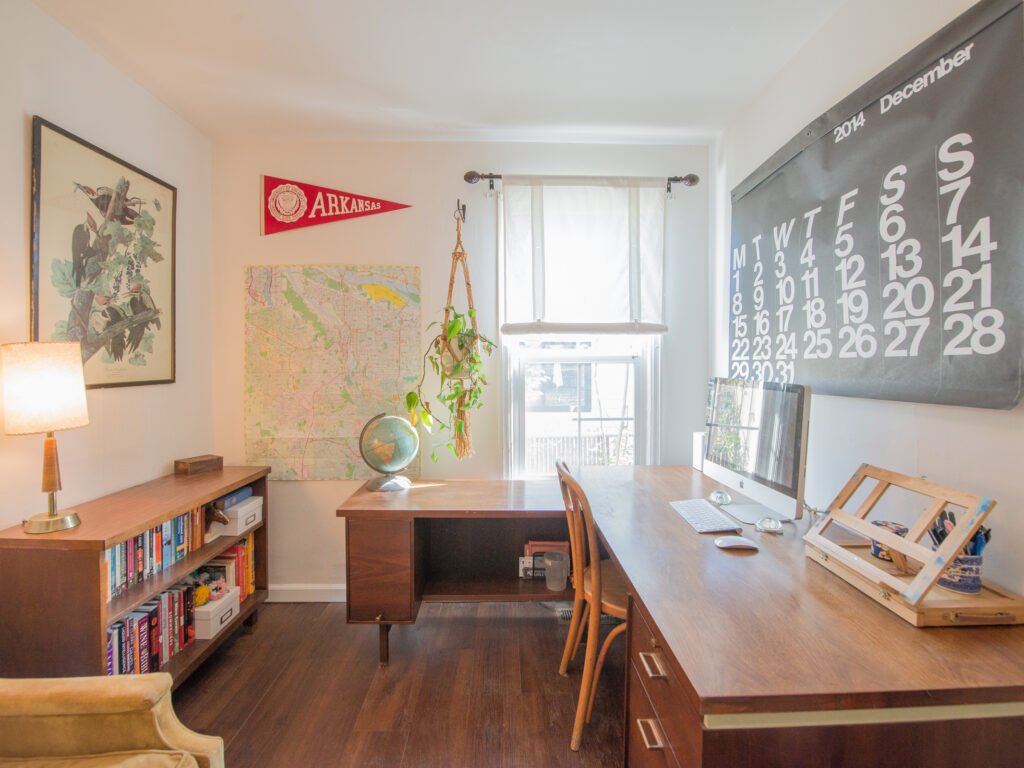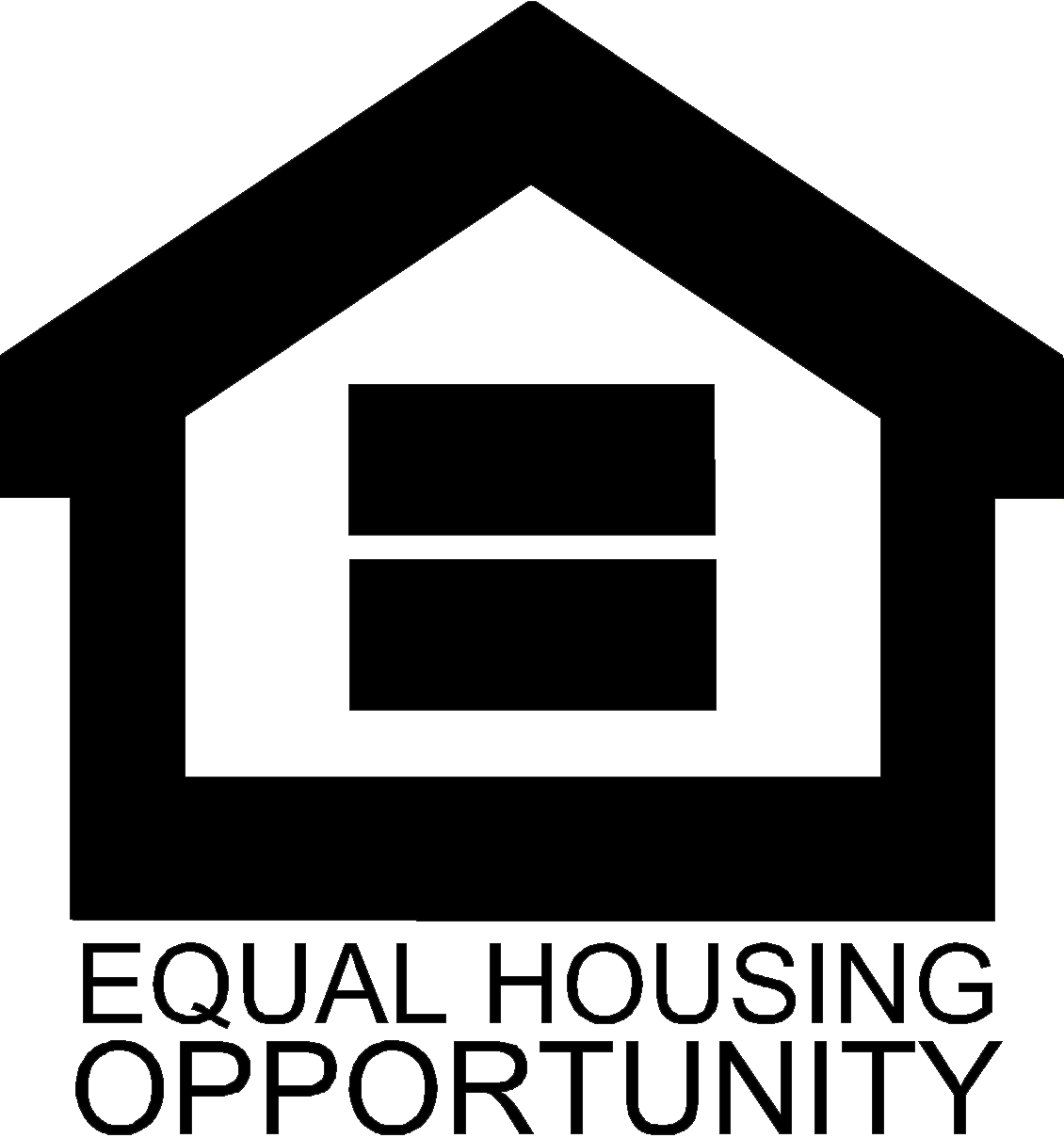At Living Room Property Management, the average renter stays in their rental home for 2.13 years. This means that, approximately every 25-26 months, the home experiences some level of vacancy as we prepare it for the next tenant. As a market-rate housing provider with average rents exceeding the City’s, this duration is influenced by several factors, including a clientele of tenants with the financial ability to purchase a home. They also have the means to cover extensive moving costs that allow them to upgrade and downgrade their living situations as needed. Notably, the tenure significantly increases for subsidized affordable housing rentals, homes designed explicitly for assessability, or homes leased at well-under-market rates.
Charging maximum market rents while managing the risks of turnover and vacancy is a delicate balance for many of our landlord clients. High turnover can lead to increased costs from vacancy periods and the expenses associated with preparing the property for new tenants. Conversely, keeping rents just under market rate by about 10% can provide a strategic advantage. This approach helps ensure that rents do not fall too far behind market rates and can be adjusted within a 12-month period, aligning with Oregon’s maximum annual rent increase of 9.9%.
By offering rents slightly below market rates, property owners give tenants a financial incentive to stay longer, reducing turnover rates. This strategy not only helps maintain consistent occupancy but also fosters long-term tenant relationships, contributing to more stable cash flows and lower management costs. It is noted the 91% of Living Room’s tenants that have occupied their rental for over 5 years are enjoying rents that are strategically placed 10- 25% under market rates. Given the national trend of tenants moving less frequently, we anticipate the average tenancy length to grow over the next few years.
For property owners contemplating whether to charge maximum market rents or slightly below market rates, it’s crucial to weigh the potential benefits of tenant retention against the short-term gains of higher rental income. A thoughtful approach can enhance property performance and a more predictable revenue stream.
By strategically managing rental rates, Living Room Property Management ensures both property owners and tenants benefit, making room for everyone to live comfortably and securely.

